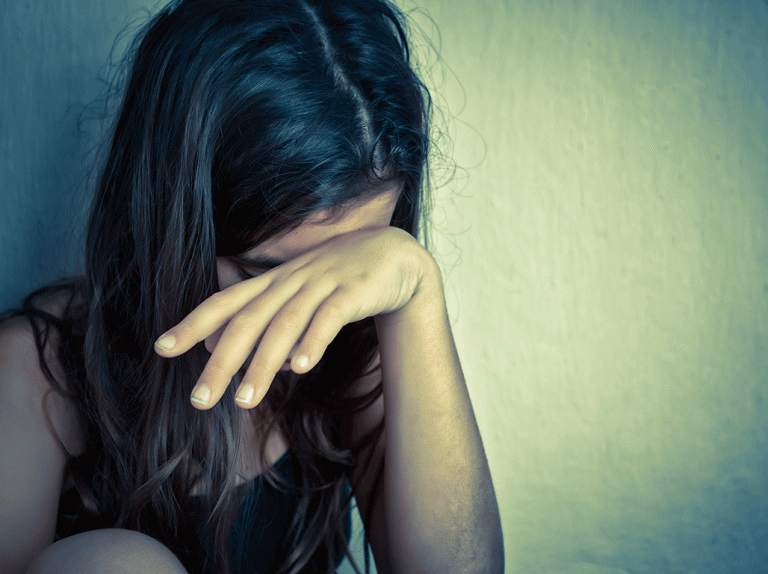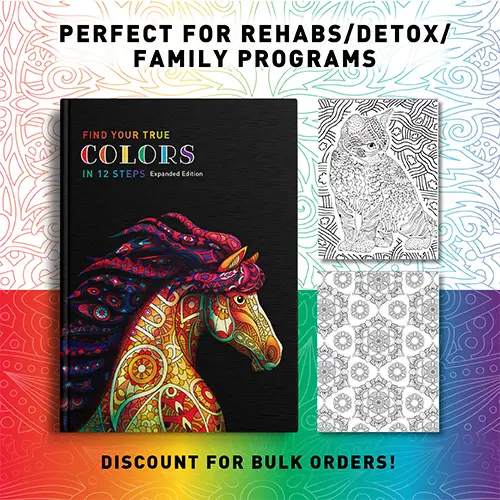Domestic abuse can be fatal in a family, especially when drugs and alcohol are involved. As a child who bore the brunt of my father’s abuse in my family, and an ex-girlfriend of a violent boyfriend, I’ve some experience of domestic abuse. Here’s the story of how that abuse set me up for intimate partner violence.
Child Abuse Leaves Lasting Scars
To escape the abuse, I was moved to the UK. Growing up though, I never understood why I lived in a different country than my father. As a 4-year-old American girl, it must have been quite a shock to adjust to British culture. I say “must have” because I have no recollection. For anyone who understands trauma, you’ll know the lack of memory it is associated with trauma. I lived in a volatile environment, and following our departure from America, I suffered with terrible separation anxiety. It can still plague me to this day.
The impact of domestic abuse has been long-standing. My first teenage relationship was with a physically and emotionally abusive boyfriend. One night, during a psychotic episode, he stalked our home, waited for my parents to go to work and then began smashing the windows. So young and naive, I still tried to help him. Fortunately, I was pulled away and the police got involved.
Even though I’ve never been involved with another physically abusive boyfriend, I’ve had my fair share of emotionally abusive, manipulative, and narcissistic ones. Those who would only ever get what they needed and eventually abandon me.
What Is Intimate Partner Violence?
According to the National Coalition Against Domestic Violence, nearly 20 people per minute are physically abused by an intimate partner in the US — in one year, that equates to 10 million people. Substance use has been associated with 40-60% of these incidents.
The defines intimate partner violence as,
“A pattern of assaultive and coercive behaviors that may include inflicted physical injury, psychological abuse, sexual assault, progressive social isolation, stalking, deprivation, intimidation and threats. These behaviors are perpetuated by someone who is, was, or wishes to be involved in an intimate or dating relationship with an adult or adolescent, and one aimed at establishing control by one partner over the other.”
Self-Soothing Leads To Addiction
It’s no wonder with that background that I started drinking at 12-years-old. It was a way to soothe my trauma. Drinking eased the pain of separation from the small girl who still missed her father. And it lifted, albeit temporarily, the dark depression that would plague me throughout my life. This life led to one small trauma after another. Eventually I had full-blown substance use disorder and Complex PTSD.
It has taken years of recovery and therapy to come to a level of acceptance around my past and find long-term sobriety. And I’m sure it will take a lifetime to recover the ability to calm my nervous system when it always assumes there is a threat, especially around loud aggressive men.
My History Was A Gift
Of course, I’d never wish domestic abuse on anyone. For those who read this and identify: please seek help. There is life on the other side of this terror. We don’t often hear from the children of those who suffered from the effects of domestic abuse. We don’t see enough people coming out the other side and leading a healthy life. That is something I was determined to change, and that’s why I share my story. Had I not experienced that life, I wouldn’t have dual citizenship. I wouldn’t be able to relate to people around the world. Because of my abuse, I can empathize with others about having a violent father and boyfriend.
We are not our pasts, and we don’t need to repeat someone else’s pattern. It is possible to heal and share our experiences to help others.
For more information, please visit the National Coalition Against Domestic Violence. Fortunately for me, I get to change the pattern of behavior in my life, and with my family one day.





















